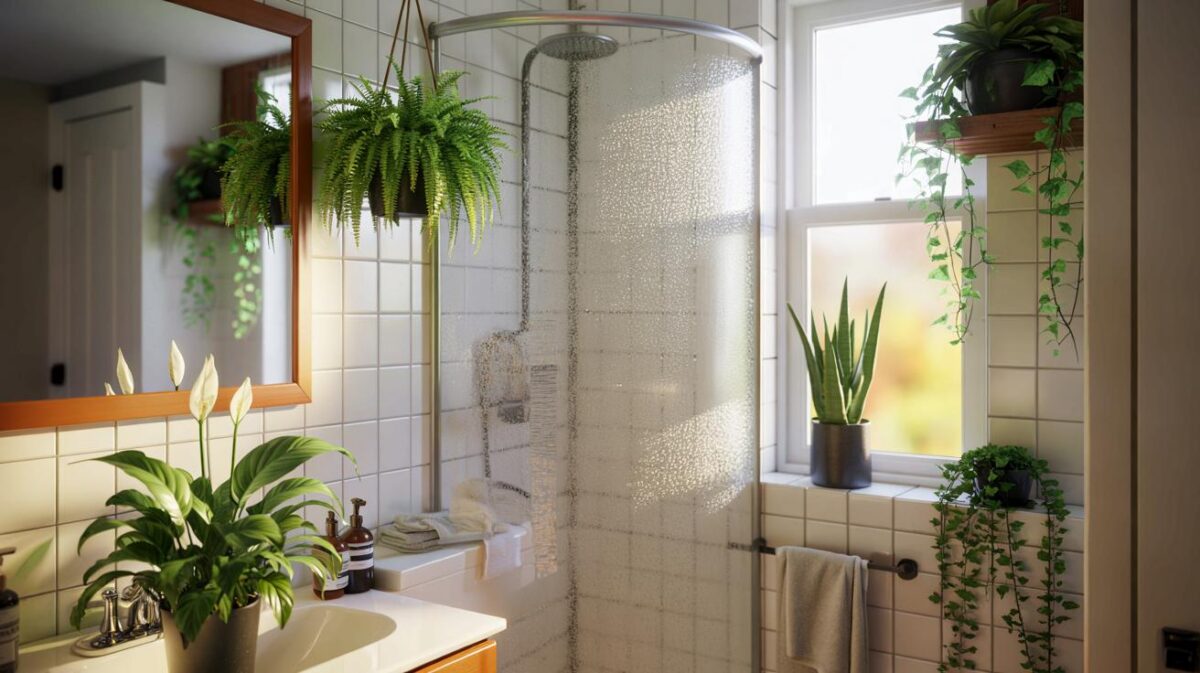Gardeners have found a fix so small it barely shows on a photo — a fist-sized gap at ground level — and the night-time traffic it unlocks is astonishing.
There’s a moment, just after the sun drops and the air cools, when the garden changes hands. I was standing by a compost heap in a South London terrace when a neighbour’s security light blinked on and everything held its breath. A tremble in the ivy. A shuffling sigh. Then a hedgehog appeared, nose shining like a wet pebble, only to bounce off a pristine fence as if the boundary were glass, pacing and snuffling, looking for what wasn’t there — a way through. We’ve all had that moment when you’re watching and want to help but don’t know how. The thing it needed was smaller than my palm. A hand-sized hole.
The tiny fence hole that opens a whole neighbourhood
Gardeners call it a hedgehog highway, but it’s really just a 13 x 13 cm opening cut low in a fence or wall so hogs can pass between plots. That little square connects food, water, nesting spots and mates across a street that otherwise behaves like a maze. One night they can roam two kilometres, snipping through shadows like a seamstress working a hem, yet modern close-board fencing pins them in and pushes them out to roads. **The small opening is the difference between a garden that traps wildlife and a garden that shares it.**
On a cul-de-sac in Bristol, a WhatsApp group of nine neighbours spent a Saturday cutting matching holes and sliding in thrifted picture frames as tidy edging. They set a wildlife camera on a flowerpot and, that same night, the first hedgehog popped through and did a neat little loop as if reading the map for the first time. Spotting went from an occasional rustle to regular midnight cameos logged in a shared spreadsheet, and children started chalking tiny paw prints on their side of the pavement. It felt like a secret door for a tiny neighbour.
Why does such a small act work so well? Hedgehogs are ground-level foragers that struggle with smooth barriers, so a run of unbroken fencing can turn three small gardens into three small islands. Fragmentation cuts off gene flow, squeezes them into poor feeding patches, and forces riskier journeys across kerbs and tarmac. The hole restores connectivity within the safer, wetter, worm-rich micro-world of our borders, composts and lawns, which is where their lives can be stitched back together. Reports from urban surveys suggest hedgehog numbers hold steadier where gardens are linked, and that one change is something any street can copy by teatime.
How to make a hedgehog highway, the easy way
Pick a quiet corner where your fence meets the ground, preferably at the back of the garden and opposite another green space, then sketch a 13 x 13 cm square or a soft arch with a pencil. Drill two starter holes to ease the cut, and use a hand saw, multitool or jigsaw to shape the opening, taking your time so you don’t split the board. Sand rough edges and fit a simple frame or tunnel made from a short section of pipe or a bit of uPVC offcut to keep the gap neat and sturdy. Have a friendly word with your neighbour first, then repeat on their side so the path actually goes somewhere.
Think like a hedgehog when you place it: low, clear and safe, not hidden behind stacked pots or wire, and not in a spot that funnels them towards a busy road. Keep a shallow dish of fresh water nearby and lay a little “ramp” of pebbles if you’ve got a pond, because drowning is a real risk. Skip slug pellets, tidy up loose netting, and tuck your strimmer cables well away from long grass. Let’s be honest: nobody does that every single day. Set a weekly routine instead, the way you’d check a gate latch or top up the bird bath.
Common slip-ups? Holes too small, edges left sharp, or only one garden doing it so the highway hits a dead end. Another is thinking food solves everything; a reliable water source and a safe route often matter more than a nightly bowl. **A highway isn’t a pet door, it’s an invitation to roam.**
“We cut the hole at lunch and by midnight the camera pinged with a hedgehog marching through like it owned the place,” says Kate, a volunteer ‘Hedgehog Champion’ in Kent. “It’s the fastest wildlife win we’ve had.”
- Cut size: 13 x 13 cm (about the width of your hand with fingers together).
- Best spot: base of a fence panel away from the road, close to cover.
- Finish: smooth edges, simple frame, and keep the route uncluttered.
- Extras: shallow water dish, log pile, and a pond exit ramp.
Your garden becomes part of something bigger
Once you’ve made a hole, the story doesn’t end at the fence line. You’ve joined an invisible network that runs under lilacs and along shed walls, connecting compost heaps, woodpiles and kids’ dens, and you feel it the first time you catch a midnight shape trotting in from a neighbour’s plot. The act breeds conversation over fence posts and wheelie bins, swapping offcuts, sharing camera clips, and painting little hedgehog badges on the fence so delivery drivers ask what they’re for. **That small square of missing timber can do more than aid one species; it helps a street feel like a team.**
| Point clé | Détail | Intérêt pour le lecteur |
|---|---|---|
| Right size opening | Cut a 13 x 13 cm gap at ground level, with smooth edges and a simple frame. | Easy to replicate, works for hedgehogs while keeping most pets in. |
| Placement matters | Choose a quiet corner away from roads and keep the route uncluttered. | Boosts the chances hedgehogs actually use it and stay safe. |
| Neighbours on board | Coordinate so holes connect across multiple gardens and add water nearby. | Turns one fix into a network and brings more nightly visitors. |
FAQ :
- How big should the hole be?Go for roughly 13 x 13 cm. Big enough for a hedgehog, small enough to deter most dogs, with edges sanded smooth.
- Will it let in rats or foxes?Rats can fit through surprisingly small gaps anyway, and foxes won’t squeeze through a 13 cm square. Good hygiene and tidy composting matter more.
- Will my cat or small dog escape?Cats hop fences regardless, and most small dogs won’t crawl a tight ground-level tunnel. If you’re worried, add a short “tunnel” frame to make it less inviting to pets.
- When should I cut the hole?Any time is fine, with daytime work and a quick check for sleeping wildlife. If you’re in peak nesting season, tap and look before you cut.
- What else helps hedgehogs once I’ve made a hole?Fresh water, a log pile for bugs, a pond exit ramp, and ditching slug pellets and loose netting. Keep one wild corner for them to snuffle through.








Brilliant, simple fix. I cut a 13×13 cm hole last month and went from zero sightings to nightly snuffles. Honestly can’t beleive a hand-sized gap makes such a big differnce.